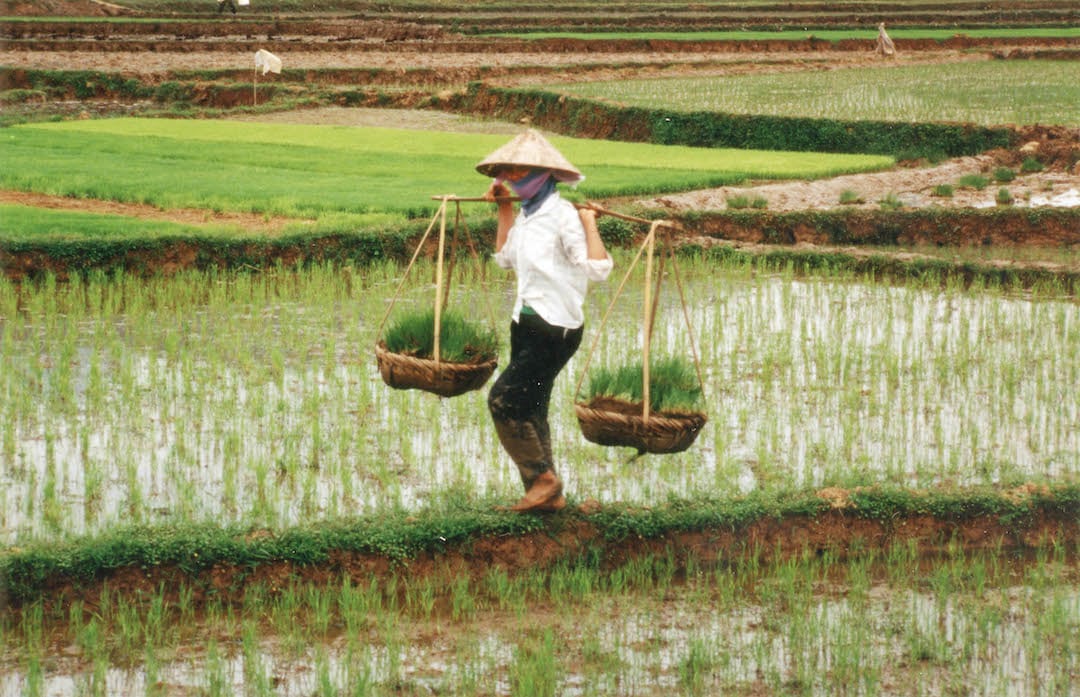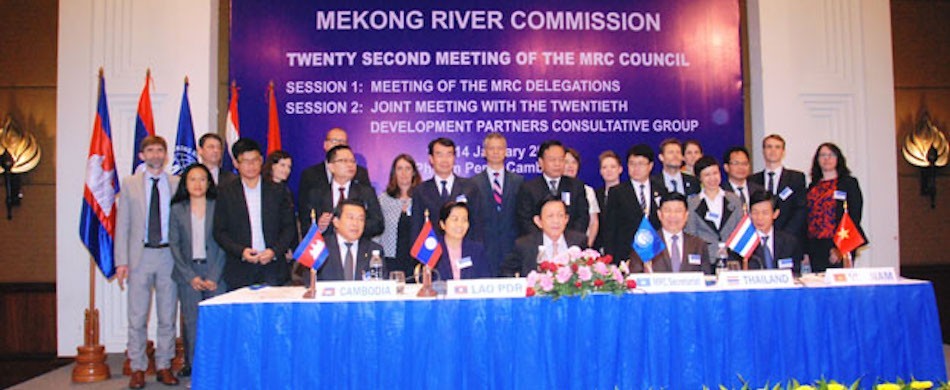Scientists have urged the Vietnamese government to cooperate with Cambodia and draw up a plan to take full advantage of water resources.
Tag: hydropower
Why silt is so important for the Mekong
Just as forests are more than only trees, rivers are more than water. The Mekong river carries massive loads of sediment and nutrients from upstream to downstream and across national borders, replenishing and enriching the land as it goes. This process is key to sustaining the ecological integrity of the river and surrounding landscapes, which in turn supports the economy.
However, a boom in sand mining and hydropower development on the Mekong is transforming the river’s sediment flows, with profound consequences for the region if left unchecked. For a prosperous, sustainable future for the region, all Mekong countries must come together now and adopt international standards for managing transboundary river resources.
Dam the Mekong, Thailand Buys More Hydroelectricity from Laos
A power purchasing agreement was signed on Tuesday, during Thai Prime Minister General Prayuth chan-Ocha’s visit to the Prime Minister of Laos Thongloun Sisoulith, while attending the 28th and 29th Asean Summits and related meetings from September 6-8 in Vientiane.
Thailand has increased its purchase of electricity from 7,000 to 9,000 megawatts from Laos this year to ensure sufficient supply and meet rising demand.
Myanmar green energy sector faces hurdles
Myanmar’s goal of achieving a 100 per cent electrification rate by 2030, with 20 per cent of energy from renewable sources, is achievable but several hurdles need to be tackled first, energy experts have said.
At the Myanmar Green Energy Summit 2016 last week, panellists agreed that hydroelectricity, plus wind and solar energy, were good choices given available resources.
China Gezhouba Group signs deal to construct 35-MW Xelanong 2 hydropower project in Laos
The China Gezhouba Group Corp. has signed an agreement with the Laotian government to develop a 35 MW hydroelectric plant in Laos’ southern Salavan province, according to reports from state news sources.
China Gezhouba will develop what is being called the Xelanong 2 project using a build-operate-transfer model, with construction of the US$72 million facility expected to take about 40 months.
Xelanong 2 and its 55-meter-high dam will be located on an unspecified tributary of the Mekong River and is part of the Laotian government’s effort to dramatically increase the availability of electricity to its population by 2020.
Other significant hydroelectric plants being developed in Laos include the 1,285-MW Xayaburi, 1,156-MW Nam Ou and 410-MW Xe-Pian Xe-Namnoy, amongst others.
River of Change: Hydropower dams and the Mekong River’s uncertain future
From the snowy plateaus of Tibet to the mountain gorges of China’s Yunnan province and beyond to the jungled borders of Myanmar, Thailand, Laos and down to the plains of Cambodia and paddy fields of Vietnam – the Mekong River is of crucial importance to tens of millions of people.
Yet, the future of the mighty Mekong is far from certain.
Irrevocably change is underway upriver and downriver – from China to the Mekong delta – as countries along the river’s length pursue hydroelectric dams as a path to power generation.
Thailand considers buying more power from Laos
Thailand may buy 9,000 megawatts of electricity from Laos this year to ensure sufficient supply to meet rising demand, says a senior official at the Energy Ministry.
That is nearly 30% higher than the 7,000MW Thailand currently buys annually from Laos, according to the most recent memorandum of understanding (MoU) the two countries signed in 2007. Of the total 9,000MW of power, most of it would be generated from hydropower, which is more cost-effective than fossil fuels.
MPE and Partners Help Dam-Affected Cambodians Build Skills to Engage in EIA Processes
Mekong Partnership for the Environment MPE supports work in communities affected by development projects because the success or failure of an Environmental Impact Assessment (EIA) depends on meaningful participation of all key stakeholders. USAID-funded Mekong Partnership for the Environment (MPE) in partnership with NGO Forum on Cambodia (NGOF) trained 21 CSO and community representatives at […]
WB, Singapore-based fund invest in Vietnam’s hydropower
IFC and Armstrong, with a combined stake of 36 percent, will take a 16 and 20 percent equity stake in GEC, respectively. For both it is their first investment in Vietnam’s power sector. The investment will help the company expand its hydropower portfolio and invest in other renewable energy segments, such as wind and solar power.
Based in the Central Highland province of Pleiku, GEC joined the Thanh Thanh Cong Group in 2013. With charter capital of 715 billion VND (34 million USD), GEC was one of the largest private sector hydropower players in Vietnam, with 84.4 MW of installed capacity across 15 run-of-the-river small-scale hydro power plants.
Mekong River in danger, but MRC is ‘weak’
Dams and water diversion projects along the Mekong River threaten to overwhelm an ecosystem that supports 60 million people and thousands of species, according to a consensus of scientists, NGOs and governments. But amidst this pending crisis, the main mechanism set up to protect the river is becoming all but irrelevant.
The Mekong now needs more protection than ever, experts say, but the Mekong River Commission (MRC) – an international body that manages Mekong development and water resource use – has been steadily losing power for years, say current and former employees who spoke on condition of anonymity.










